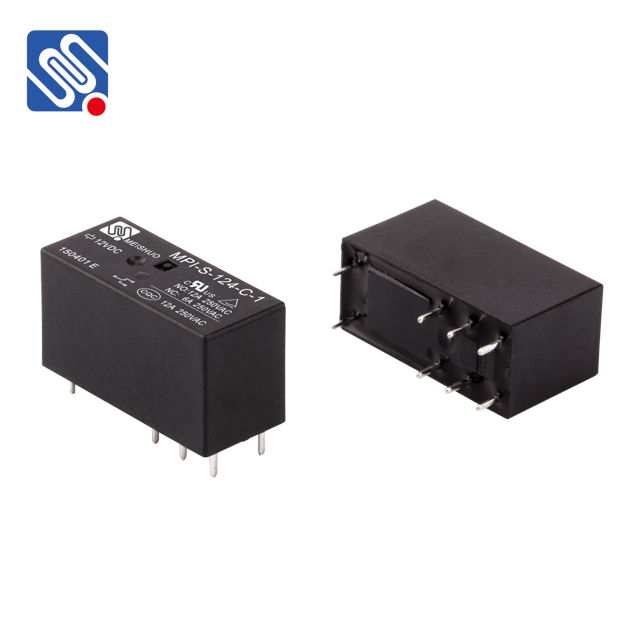exploring relay application notes with meishuo: a guide to enhancing circuit efficiency
Release time:2025-04-30 21:49:02
Relays are integral components in modern electronic circuits, playing an essential role in switching electrical loads and providing control in automated systems. Understanding how to effectively use relays is crucial for designing reliable and efficient electrical systems. One of the best ways to gain this knowledge is through relay application notes. These notes offer insights into best practices, potential challenges, and solutions that can help engineers optimize relay use in various applications. In this article, we will explore how Meishuo, a leading innovator in relay technology, enhances the relay application note landscape and contributes to the development of more efficient electronic systems.

The Role of Relay Application Notes
Relay application notes are documents that provide detailed information on how to select, design, and implement relays in specific applications. These notes typically cover various relay types, their characteristics, and suitable use cases. They also address the proper sizing, wiring, and integration of relays into a broader system. Engineers rely on application notes to ensure that they are using relays effectively, maximizing their lifespan, and avoiding potential issues such as overheating or improper switching.
For example, a relay’s key specifications—such as contact rating, switching voltage, and current—must align with the needs of the circuit. The application note offers engineers guidance on selecting a relay that matches their system’s requirements, whether for simple on-off control or complex multi-stage operations. It also highlights the importance of understanding relay characteristics like coil resistance, switching speed, and mechanical lifespan to ensure reliable performance in the long term.

